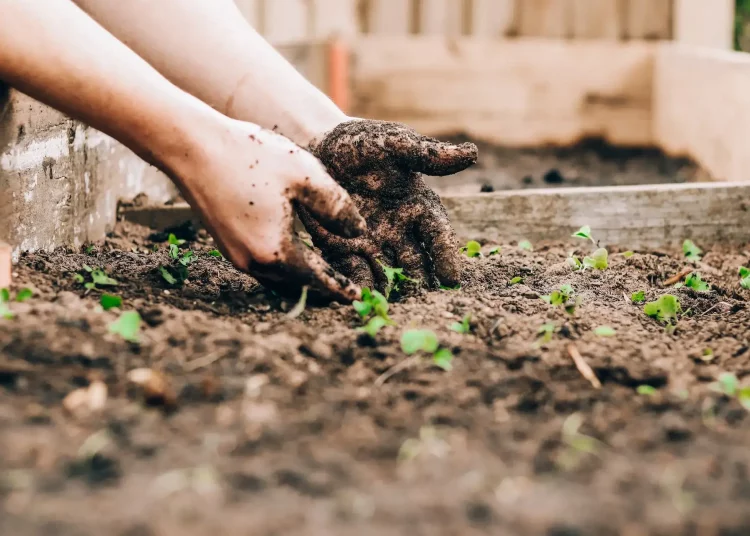Spring is in the air, and for many people, it’s time to start thinking about their gardens.
Starting your own garden can be daunting if you’re new to gardening. Where do you start? What plants should you choose?
How do you care for them?
Don’t worry. We’re here to help.
In this blog post, we’ll give you a crash course in gardening so that you can get started on your green thumb journey.
Why start a garden?
Gardening is often seen as a relaxing hobby, and there are plenty of good reasons to start a garden. For one thing, it can be a great way to get some exercise and fresh air.
And if you choose the right plants, you can even enjoy the fruits (or vegetables) of your labor. But there are other benefits to gardening as well.
For example, it can help you connect with nature, reduce stress, and boost your mood. So gardening may be just what you need if you’re looking for a hobby that’s good for your mind, body, and soul.
Is gardening right for you?
If you’re thinking about starting a garden, there are a few things you should consider first. Are you prepared to spend hours outside in the sun? Are you willing to get your hands dirty?
Do you have the patience to wait for seeds to sprout and plants to grow? If you answered “no” to any of these questions, gardening might not be right for you.
But if you’re willing to put in the time and effort, then gardening can be a rewarding experience. By gardening, you’re not only doing a service for yourself by reaping the benefits of your hard work but also getting some valuable exercise and fresh air.
If you feel up for a challenge, go ahead and give it a try. Who knows, you might just find that you have a green thumb after all.
How much space do you need for a garden?
One of the great things about gardening is that it can be done on any scale. A garden is right for you whether you have a large backyard or a small balcony.
If you have limited space, you might want to consider starting a container garden. This garden can be created on a patio, balcony, or windowsill. All you need are pots or containers, potting soil, and plants.
Once you have your supplies, it’s time to start planting. Just be sure to choose appropriate plants for the amount of sunlight and space you have available.
What are the best plants to start a garden with?
Choosing which plants to grow is one of the most important decisions you’ll make when starting a garden. If you’re not sure where to start, we suggest picking some of the following plants:
Sunflowers: Sunflowers are easy to grow and make a cheerful addition to any garden.
Tomatoes: Tomatoes are a classic choice for any home garden. They’re relatively easy to grow and can be used in various dishes.
Peppers: Peppers are another versatile option for your garden. They come in a wide range of colors, shapes, and sizes, so you can find the perfect pepper for your garden.
Cucumbers: Cucumbers are a refreshing addition to any garden. They’re easy to grow and can be used in salads, sandwiches, and more.
Basil: Basil is a fragrant herb often used in Italian cuisine. It’s easy to grow and can add flavor to a variety of dishes.
These are just a few of the many plants you can choose when starting a garden. So take your time, do some research, and find the plants that are right for you.
Is it better to start a garden with seeds or plants?
If you’re starting a garden from scratch, you can start with seeds or plants. Each method has its own set of advantages and disadvantages.
Seeds:
- Seeds are typically less expensive than plants.
- Seeds can be started indoors, which is helpful if you live in an area with a short growing season.
- Seeds take longer to grow into plants, so you’ll need patience.
Plants:
- Plants are typically more expensive than seeds.
- Plants can be difficult to find during the off-season.
- Plants are ready to be transplanted into your garden, so you don’t have to wait for them to grow.
When starting a garden from seeds or plants, there is no right or wrong answer. It’s simply a matter of preference. If you’re on a budget, then starting with seeds might be your best option.
But if you don’t mind spending a little extra money, then you might prefer to start with plants.
Beginners Guide on How to Start a Garden
Now that you’ve decided to take the plunge and start a garden, it’s time to get down to business. Here are a few tips to help you get started:
1. Decide what type of garden you want to grow

Do you want to grow vegetables, flowers, or both? Do you want a small garden that you can keep on your balcony or a larger one that will take up some space in your yard?
Once you’ve decided on the type of garden you want, you can start planning what plants you’d like to grow. After all, there’s no point in planting a bunch of flowers if you’re only interested in growing vegetables.
So, how do you choose the right type of garden for you? Here are a few things to consider:
- What is your gardening experience?
If you’re a gardening novice, you might want to start small by growing a few herbs or flowers in pots on your patio. On the other hand, if you have some experience, you might be ready to tackle a more ambitious project like a vegetable garden.
- What kind of plants do you want to grow?
This ties in with the first question. If you’re new to gardening, starting with flowers or herbs is probably your best bet. These are relatively easy to care for and don’t require too much maintenance. However, if you’re looking to grow vegetables, you’ll need to do a bit more research to ensure you’re choosing plants that will thrive in your climate.
- What is your budget?
Gardening can be an expensive hobby, so it’s important to consider how much money you’re willing to spend on supplies like soil, mulch, and plants.
Starting with seeds might be the best option if money is tight since they’re typically less expensive than purchasing seedlings.
And if you’re on a tight budget, consider growing food crops like tomatoes or potatoes since they are more affordable than ornamental plants like roses or lilies.
Related: A DIY Landscaping Project With No Tools Required
2. Choose the right location for your garden
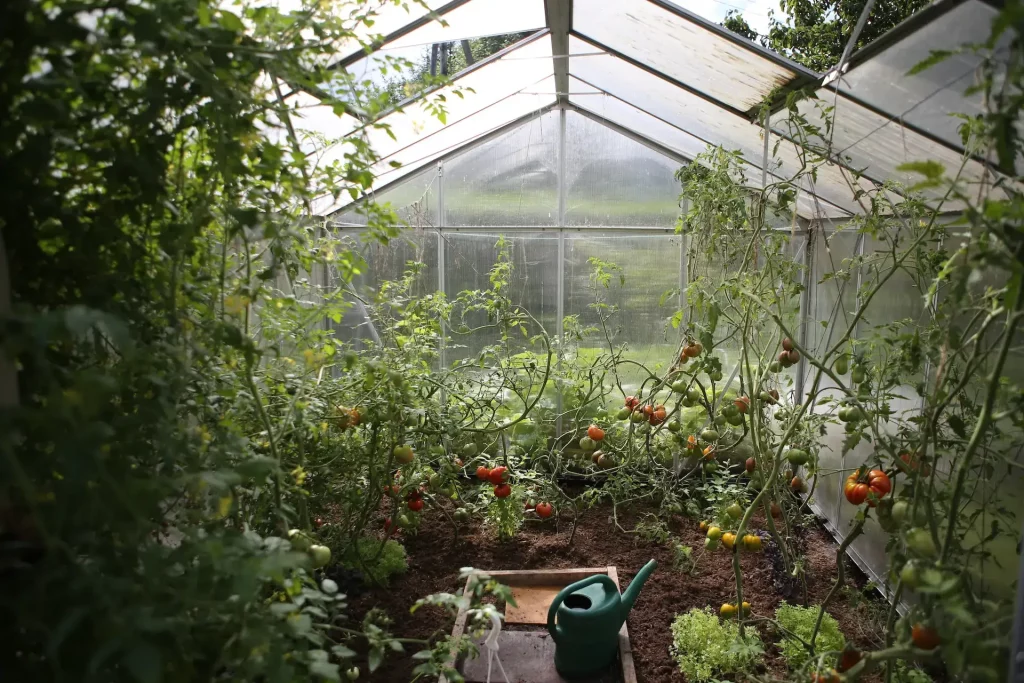
Starting a garden can be a rewarding experience, but it’s important to choose the right location for your plants. Here are some tips on how to pick the perfect spot for your garden.
- Pick a sunny spot
One of the most important things to consider when choosing a location for your garden is how much sunlight it will get. Plants need sunlight to photosynthesize, which is how they create their food.
Most plants need at least six hours of sunlight per day. If a location does not receive enough sunlight, plants will not be able to grow properly.
- Avoid windy areas
Strong winds can damage fragile plants and flowers, so you’ll want to avoid putting your garden in a place where it will be exposed to high winds.
If you live in an area with strong winds, you might consider building a windbreak—a structure that will protect your garden from the wind.
- Consider the proximity to water.
Another factor to consider when choosing a location for your garden is its proximity to water. Plants need water to survive, so it is important to choose a location with easy access to water.
Watering plants may become difficult or impossible if a location is too far from a water source.
3. Prepare the soil in your chosen location
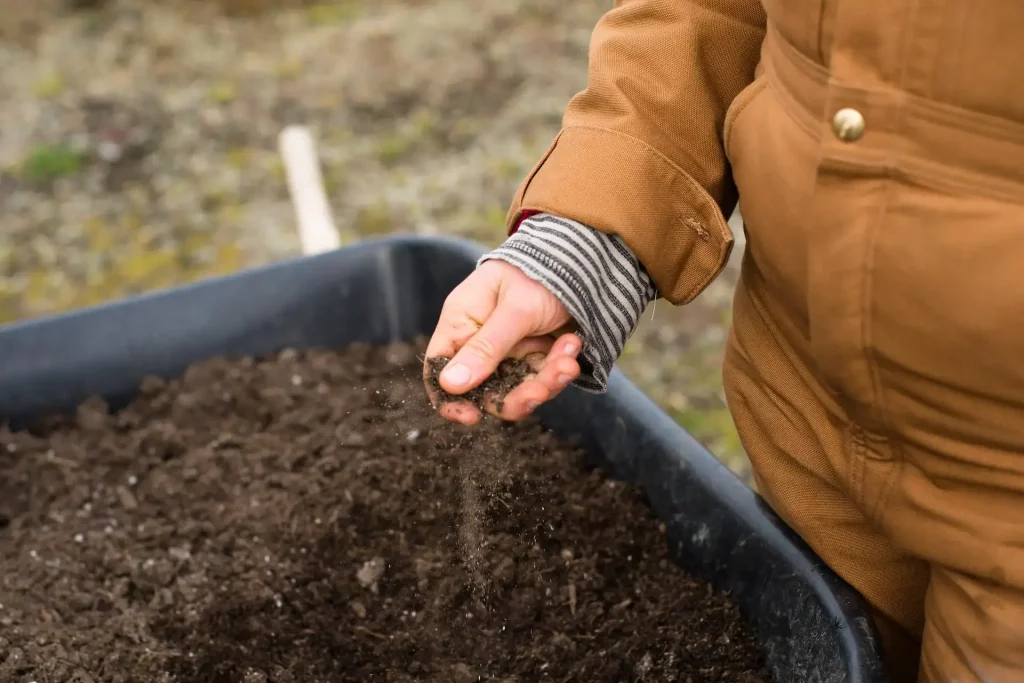
As the weather warms up and the days get longer, it’s time to start thinking about your garden. But before you can start planting, you need to prepare the soil. Here are the essential tips to help get your soil ready for a summer of growth.
- Get a Soil Test
The first step in preparing your soil is to get a soil test. A soil test will tell you the pH level of your soil and what nutrients it lacks. You can order a soil test kit from your local gardening center or cooperative extension office.
Once you have your results, you can amend your soil accordingly.
- Amend Your Soil
Once you know what nutrients your soil lacks, you can amend it with compost or manure. Add organic matter to your soil yearly to keep it healthy and fertile. You can also use lime to raise the pH level if needed.
- Loosen the Soil
After your soil is amended, it’s time to loosen it up. Use a spade or garden fork to turn over the top few inches of soil. This will help ensure that water and nutrients can reach the roots of your plants.
4. Choose the right plants for your garden
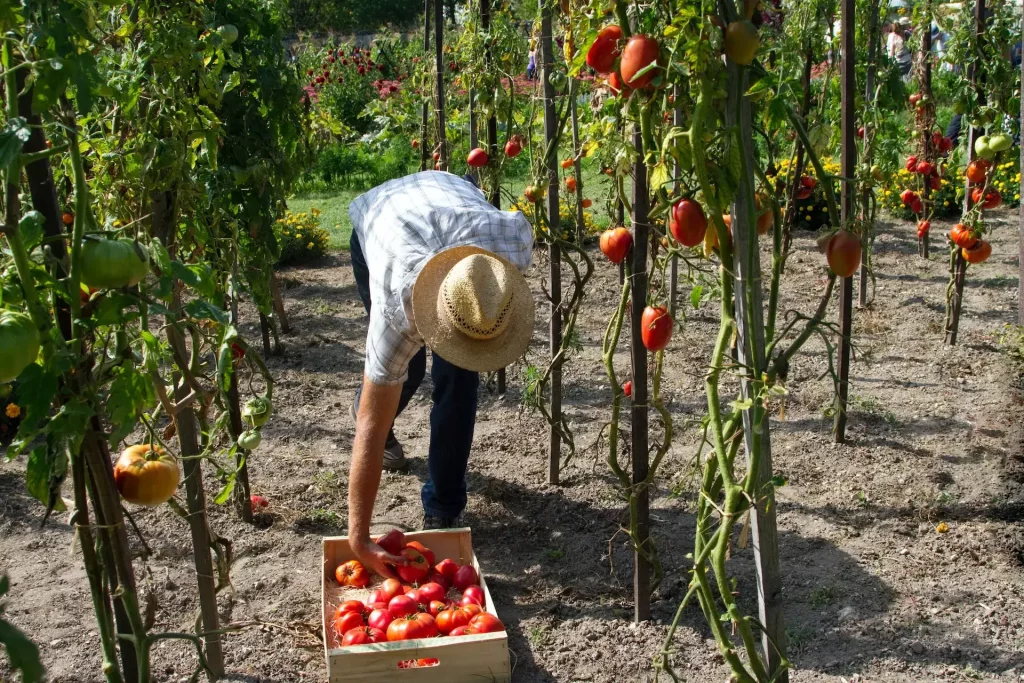
When selecting plants for your garden, be sure to choose varieties that are appropriate for your growing zone, and that will thrive in the conditions in your chosen location. Here are a few other things to consider when choosing plants for your garden.
- Pick plants that are native to your area.
Native plants are those that naturally grow in your area. They’re typically easier to care for since they’re already adapted to your area’s climate and soil conditions.
Choose plants that are appropriate for the amount of sunlight your garden gets. As we mentioned earlier, plants need sunlight to photosynthesize. If a location does not receive enough sunlight, plants will not be able to grow properly.
- Be mindful of the size of your plants.
One of the most common mistakes gardeners make is choosing plants that are too large for their space. It’s easy to get caught up in the moment when you see a beautiful plant that you just have to have.
But before you buy, it’s important to consider how big the plant will get and whether it will eventually overwhelm your garden. If you don’t have enough space for a plant to reach its full size, it’s best to find something smaller to fit better in your plan.
Otherwise, you’ll end up with a crowded, cluttered garden that’s hard to maintain. So before you buy your next plant, ask yourself, will this one fit?
5. Plant your seeds or seedlings
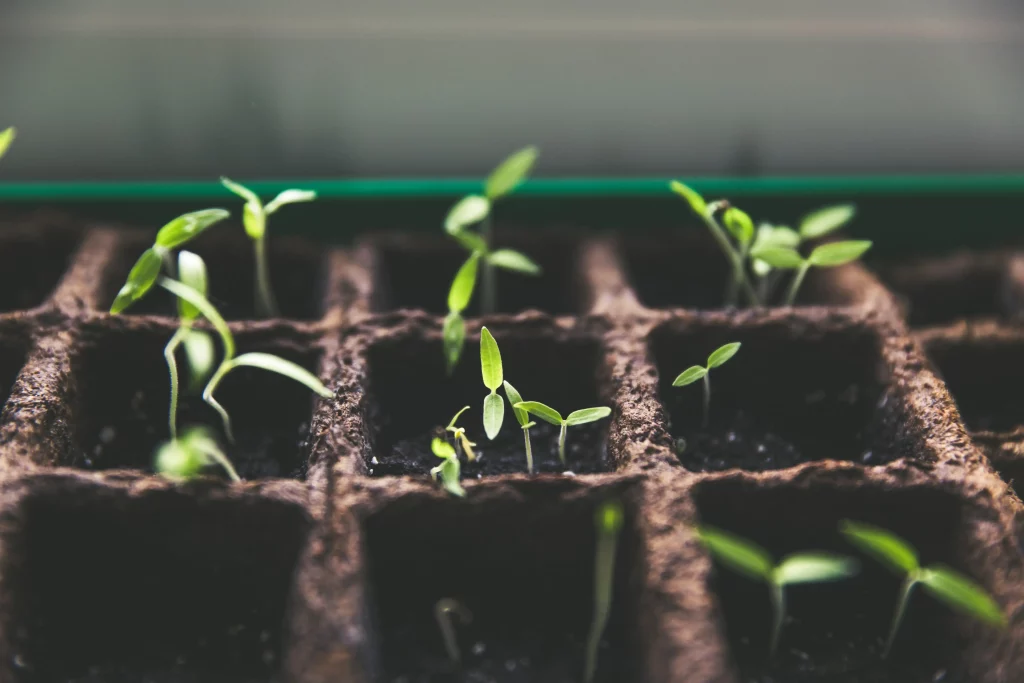
Though it can be challenging, starting a garden is an extremely rewarding hobby. If you’re considering planting this year, here are some tips to keep in mind that will help set you up for success.
- Know Your Climate
One of the most important things to consider when planting your seeds or seedlings is your climate. Different plants thrive in different climates, so it’s important to research and find out which plants will do well where you live.
If you’re unsure what climate zone you live in, you can check out this map from the USDA Plant Hardiness Zone website. Once you know your climate zone, you can start looking for plants that will do well in that area.
- Choose Healthy Plants
When it comes time to choose your plants, it’s important to pick healthy ones free of diseases and pests. Inspect each plant carefully before adding it to your cart.
Look for signs of pests or disease, such as holes in the leaves or stems that are discolored or wilted. Choosing healthy plants will give them a better chance of surviving and thriving once they’re in your garden.
- Ask for Help
If you’re still unsure about getting started, don’t hesitate to ask for help from a professional at your local nursery or garden center. These experts can help you choose the right plants for your climate and location and offer advice on how to care for them once they’re in the ground.
Asking for help is nothing to be ashamed of—we all have to start somewhere, and chances are, the people who work at your local nursery are more than happy to give you some guidance.
6. Fertilize your plants as needed
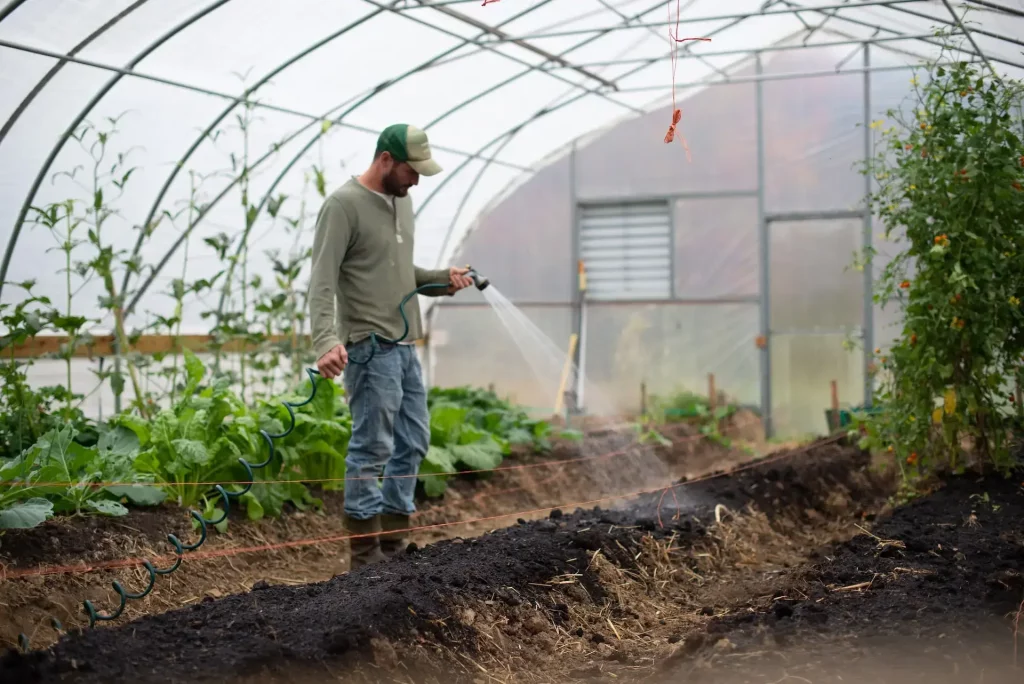
As any gardener knows, healthy plants need regular fertilization. However, it’s important to fertilize according to the instructions on the fertilizer package or as recommended by your local Cooperative Extension Service.
Overfertilizing can damage plant roots and lead to nutrient deficiencies. So be sure to follow the directions and give your plants the nutrients they need to thrive.
7. Pest control
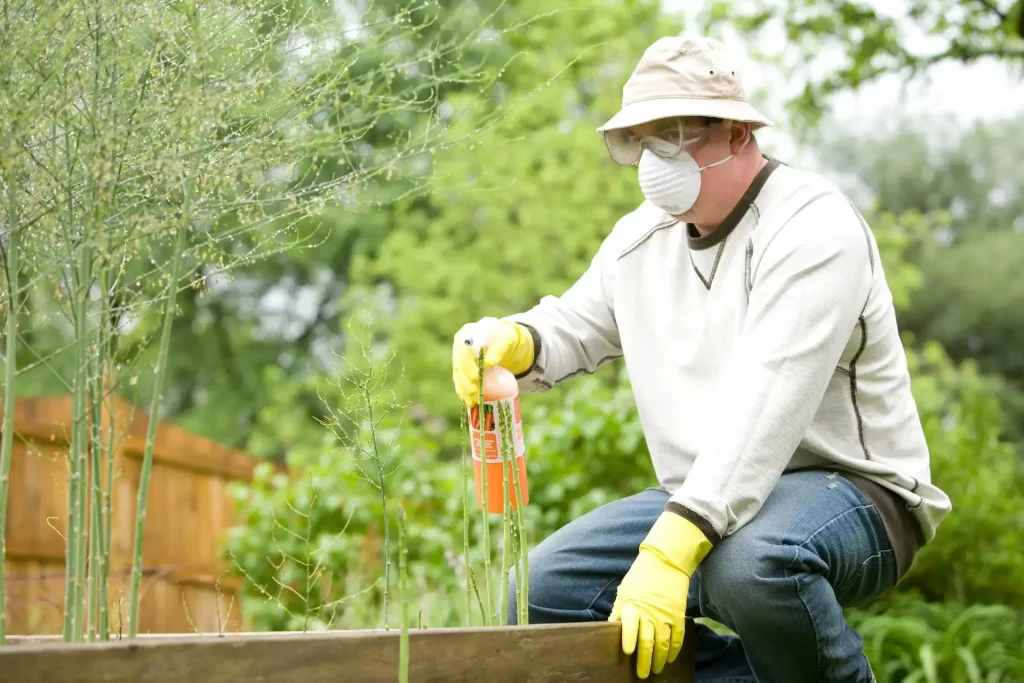
Pests in the garden can be a nuisance, but with proper pest control, you can keep them at bay. You can use various methods to deter pests, and the best method for you will depend on the type of pest you’re dealing with.
Here’s a quick rundown of when and how to use various pest control methods in your garden.
Chemical Pesticides: Chemical pesticides should only be used as a last resort, as they can harm humans and animals. If you must use chemical pesticides, be sure to follow the directions on the label carefully. Always wear gloves and a mask when handling pesticides, and make sure to keep children and pets away from the area until the pesticide has had a chance to dry.
Physical Pest Control: Physical pest control methods include traps, barriers, and screens. These methods are usually the most effective way to get rid of pests, as they don’t involve using chemicals that could potentially be harmful. Some physical pest control methods require more work than others. Still, overall they are relatively easy to set up and maintain.
Biological Pest Control: Biological pest control is a great way to eliminate pests without using harmful chemicals. Biological pest control involves using natural predators to eat the pests in your garden. For example, if you have aphids in your garden, you can introduce ladybugs, which will feed on the aphids and help keep their population under control.
8. Harvesting
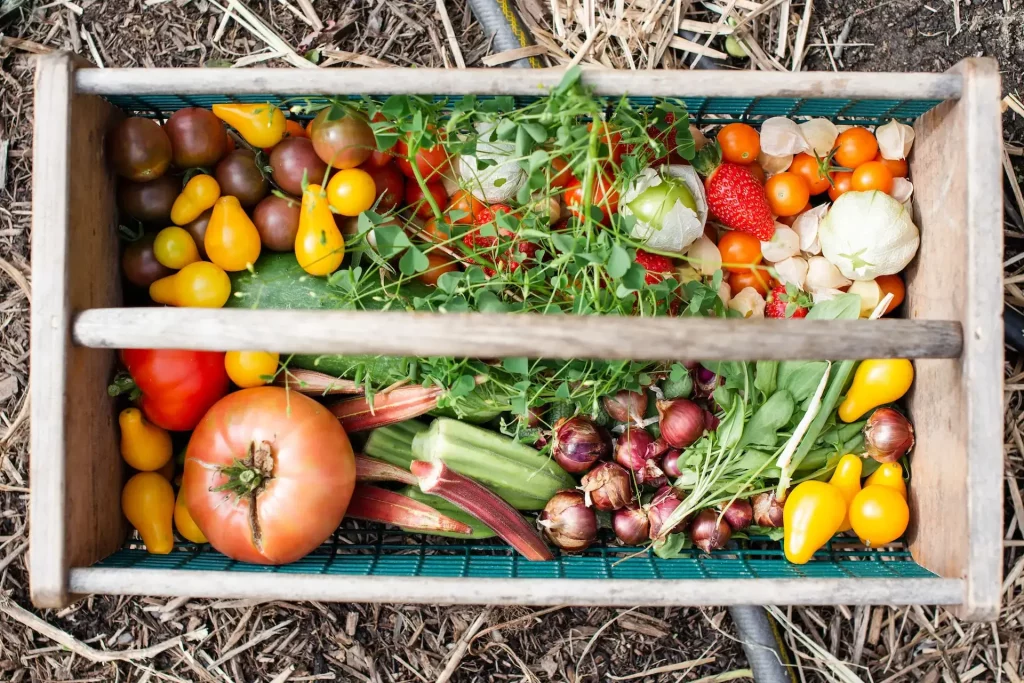
Summertime is the season for fresh fruits and vegetables, and there’s nothing quite like harvesting your homegrown produce. However, before you can enjoy the fruits of your labor, food safety is one important thing to keep in mind.
Whether you’re growing tomatoes, strawberries, or potatoes, it’s important to follow the guidelines set forth by local, state, and federal agencies.
These guidelines are designed to protect both you and your family from harmful bacteria and contaminants. So, before you start harvesting your homegrown bounty, be sure to brush up on the latest food safety regulations.
After all, nothing spoils a perfect summer day quite like a trip to the emergency room.
9. Composting
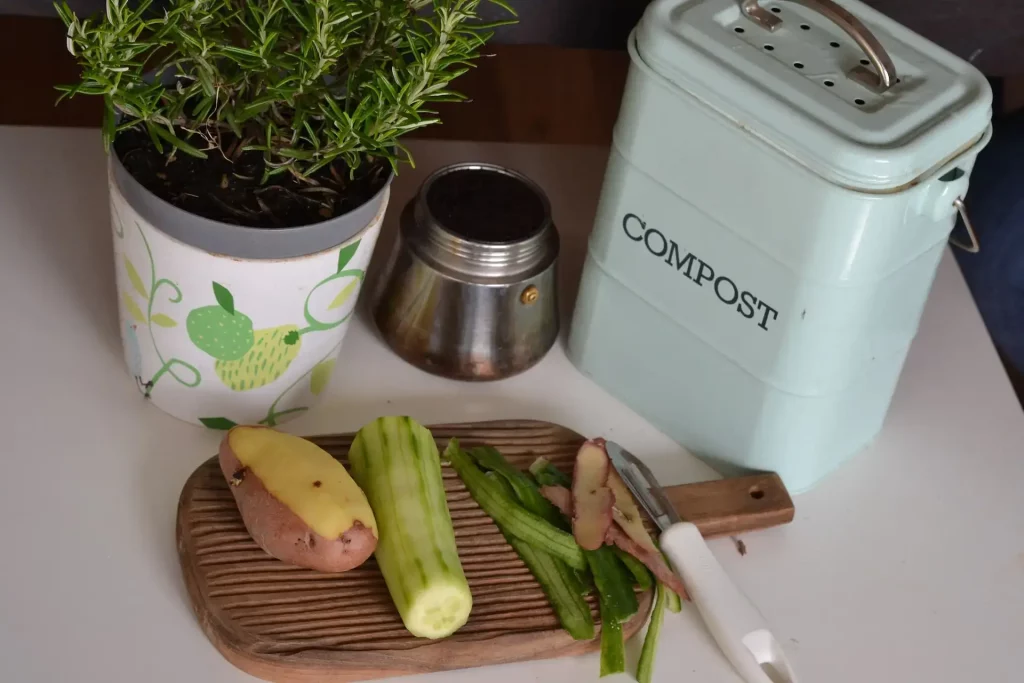
Have you ever wondered what happens to those food scraps after composting them? Well, composting is the process of decomposing organic matter, like fruits and vegetables, into a nutrient-rich soil amendment that can be used to improve the health of your garden.
While it may seem like a lot of work, composting is a simple way to recycle organic matter and give back to the earth. Plus, it’s a great way to add nutrients to your garden’s soil. So why not give it a try? You may be surprised at how much you enjoy it.
10. Garden maintenance
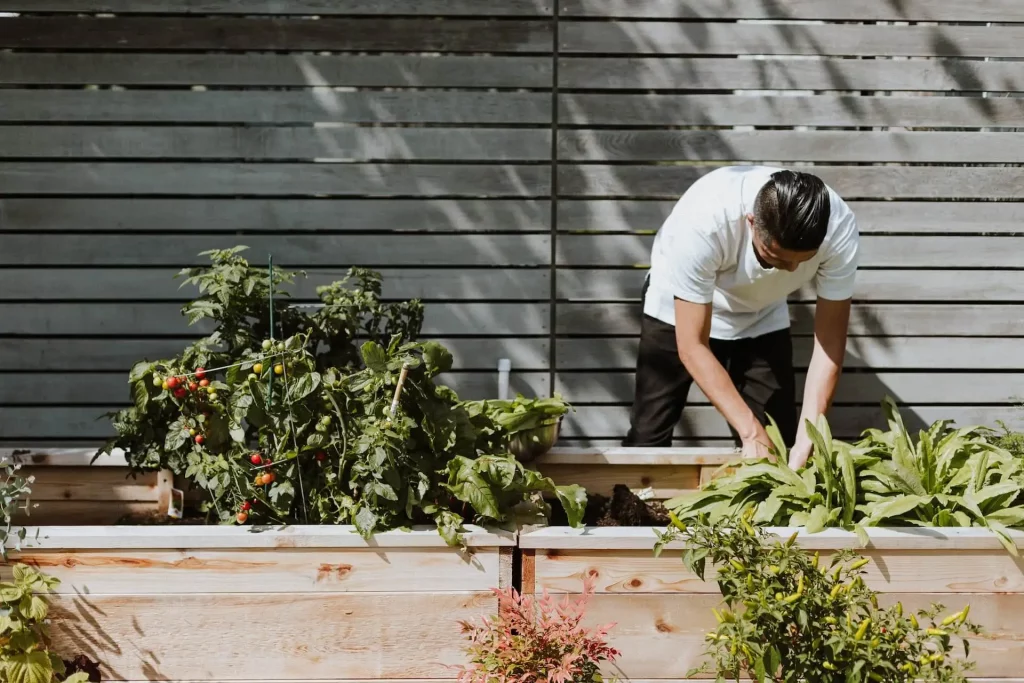
Garden maintenance may not be the most glamorous part of gardening, but it’s essential if you want to keep your plants looking their best. Luckily, there are plenty of ways to make garden maintenance more enjoyable.
For example, try turning on music or listening to a podcast while weed. Or, make a game out of it and see how quickly you can get all the weeds out of the garden. Regular garden maintenance is also a great opportunity to get to know your plants better.
As you prune and deadhead them, look closely at their leaves, flowers, and stems. This can help you identify problems early on and learn more about how your plants grow.
Plus, regular garden maintenance is a great way to get outside and enjoy the fresh air. So what are you waiting for? Get out there and start gardening!
Final Thoughts
Gardening is a great way to get outside, exercise, and enjoy the fresh air. Plus, it’s a great way to produce your food. However, before you can reap the benefits of your labor, there’s a lot of work to be done.
From choosing the right plants to watering and fertilizing them, there’s a lot to remember when starting a garden. But with a little planning and care, you can create a beautiful space that will provide fresh fruits and vegetables all summer.
Thanks for reading! I hope this guide was helpful. If you have any questions about gardening or composting, feel free to leave them in the comments below.

